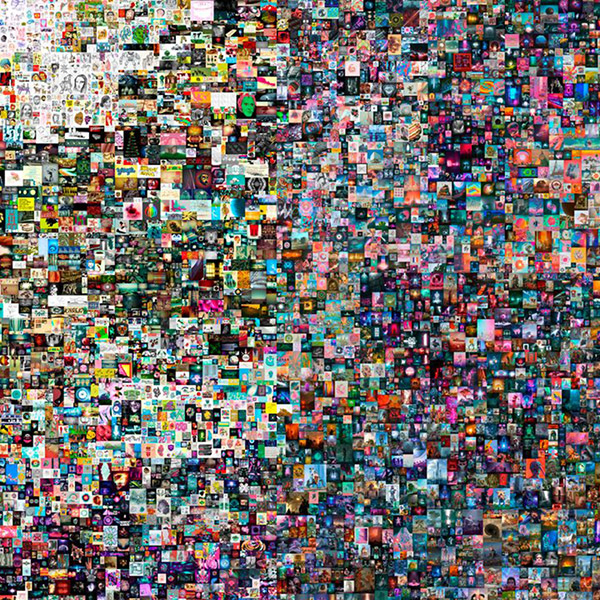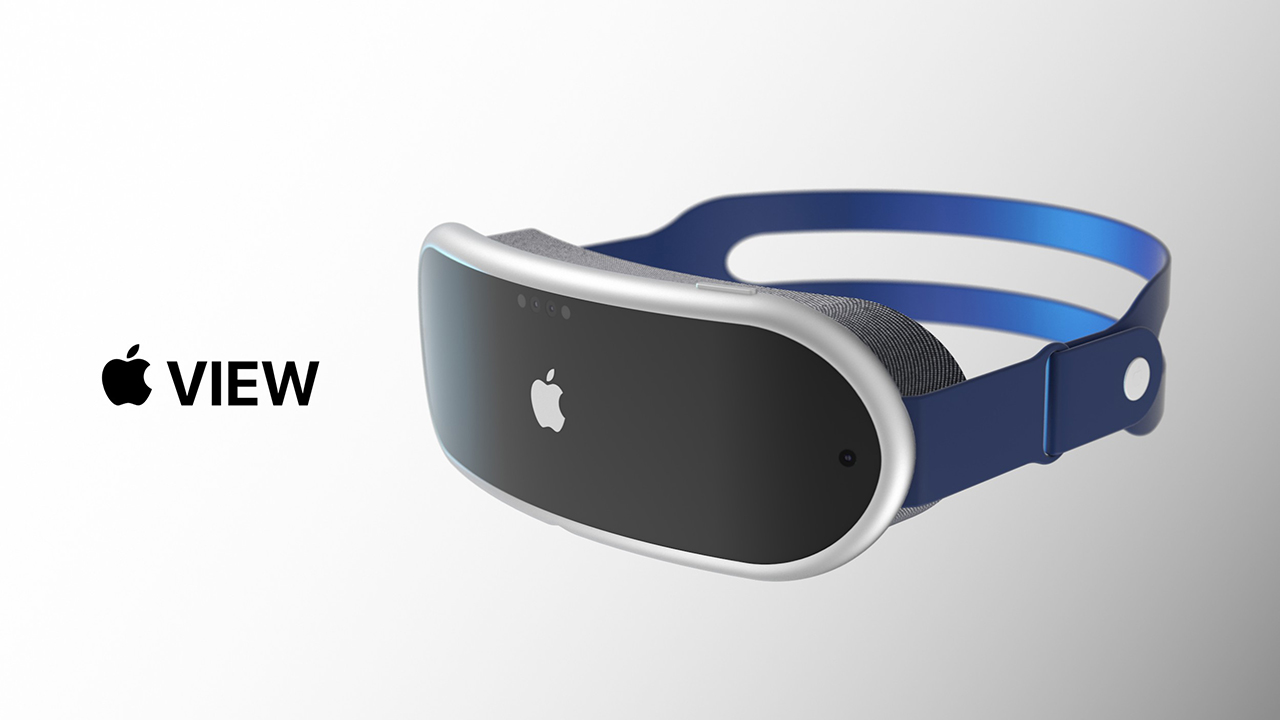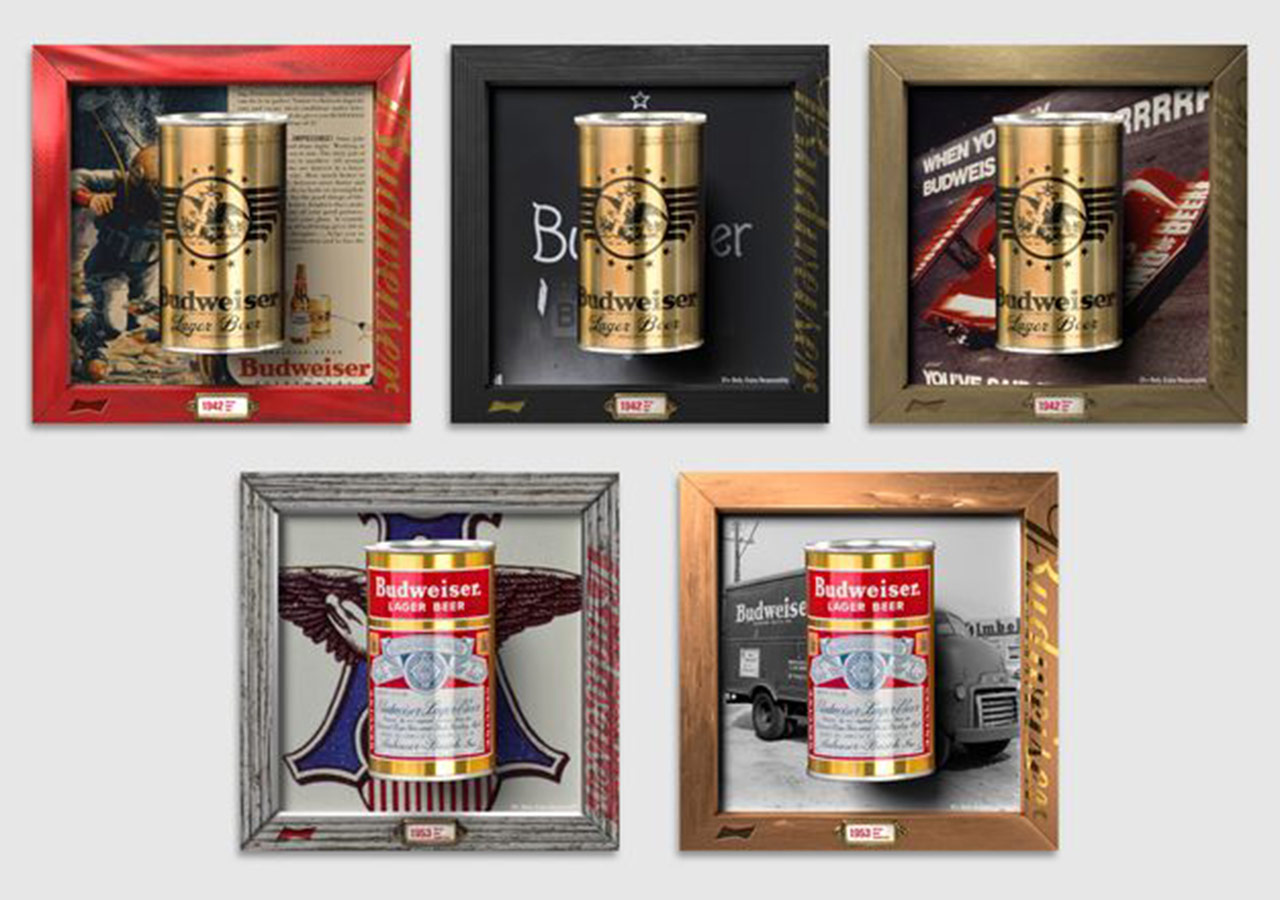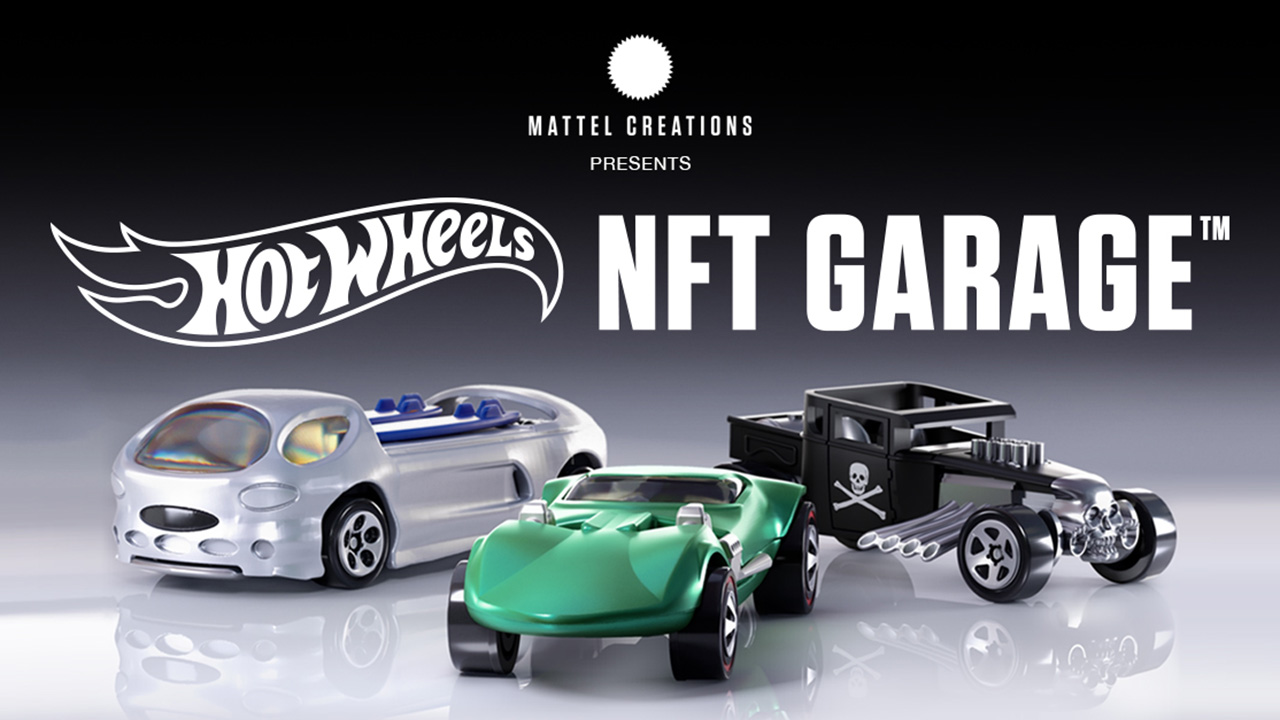For this edition, we take a closer look at the Internet of Value and its implications on brands and businesses.
By now, you’ve likely heard of the Internet of Things (IoT), cryptocurrency and the blockchain. But what about the latest digital revolution to emerge, the Internet of Value (IoV) and the introduction of NFTs and the metaverse? Let’s start from the beginning.
The Internet of Things refers to the billions of physical devices around the world, all sharding and collecting data. As technology has advanced, it is now possible to turn almost anything into part of the IoT. Connecting all these objects adds a level of digital intelligence to our devices, enabling them to communicate real-time data without the need for human interference.
“Many brands are moving towards the metaverse, which is creating a global economy on track to exceed the current one many times over. There will be no other option but to join it, or you will not survive as a company.”*
The Internet of Value
The next stage, though arguably being developed in parallel, is the Internet of Value (IoV), a concept proposed by Ripple which envisions an internet where value is transferred as easily, cheaply and reliably as data is currently transferred. Simply put, the IoV is an online space where people can transfer value instantly, eliminating the need for middlemen and most associated costs.
Theoretically, anything of monetary or social value can be transferred including stock, currency and intellectual property rights. The blockchain supports this by allowing access to infrastructure which is already utilised by cryptocurrencies such as Bitcoin or Ethereum.
Part of the blockchain and IoV are non-fungible tokens (NFT), which are digital assets that represent real-world objects. Whilst physical money and cryptocurrency are worth a specific price (fungible), NFTs are not (non-fungible). They are a digital signature which can represent a multitude of things including music, memorabilia, videos, investments, buildings and even Tweets! They are purchased and sold online, frequently using cryptocurrencies.
The value of NFTs
NFT sales rose to $2.47 billion in the first half of 2021, a substantial 17,900% year-on-year growth since the first half of 2020. And with hundreds of millions of dollars of NFT sales each week, they won’t be going anywhere anytime soon. NFTs allow creators to directly profit off their own works, and allow people to invest in products, stock and real estate which would be otherwise unavailable to them.


Mike Winkelmann, known as Beeple, sold his collage (pictured) “Everydays: The First 5000 Days” in late 2020 for $69 million dollars as an NFT. Previously his highest paid work was valued at $100. His artwork remains the most expensive NFT purchase to date.
Movies, both old and new are also stepping into the NFT world, with studios and filmmakers utilising titles such as “Space Jam”, “Pulp Fiction” and the new “Matrix” film as base material for digital artworks. The popular cinema chain AMC, in collaboration with Sony Pictures will also offer around 85,000 non-fungible tokens as freebies to selected members who pre-order tickets to the latest Spider-Man movie “No Way Home.”
And it’s not just creators and hobbyists that will benefit. Stocks, shares and even real estate are now up for grabs as NFTs. Investors are able to buy, sell, exchange and create tokenised real estate assets from as little as $100 (USD). Purchasers can invest in resorts, commercial buildings, apartments, hotel rooms and single asset properties amongst other things, using NFTs to represent physical assets. Very recently, a plot of virtual real estate on Decentraland’s Fashion Street sold for a record $2.4 million (USD).
What about the metaverse?
Alongside NFTs and the IoV is the metaverse, a convergence of physical, augmented and virtual reality in a shared online space.
Currently, you only experience the internet when you go to it, but with new devices and technologies, users will be able to experience it all around them every single day. Companies and products including Fortnite and Roblox increasingly have metaverse-like elements and Mark Zuckerberg, Co-Founder of Facebook (now interestingly renamed ‘Meta’), has stated the metaverse will bring enormous opportunities to individual creators. He believes a functioning metaverse could be the next best thing to a working teleportation device!


If you believe the rumours, Apple are currently developing “mixed reality” headsets, equipped with advanced eye-tracking systems, to provide an intuitive visual experience, which interacts seamlessly with the external environment. They are rumoured to launch late 2022 or early 2023.
For marketing and communication professionals, the metaverse is likely the next generation of the internet, a frontier for online interaction.
So, what does all this mean for brands?
While some brands are struggling to hit the mark others have embraced the technology, growing their brand awareness and loyalty in the process. Budweiser, for instance, recently entered the NFT space with a “Heritage Collection” comprised of almost 2,000 unique digital beer cans which retailed for hundreds of dollars each. The collection sold out in less than an hour, earning Budweiser around $984,000 (USD). Spencer Gordon, the VP of their in-house creative agency states the launch was “designed to celebrate the brand’s iconic history and move the brand into the metaverse.”


Robert Mondavi Winery, based in California, is also experimenting with NFT’s as a way to authenticate the wine from its vineyards, acting as a certificate of ownership for the purchaser. Blending the metaverse with reality, these purchasers will also receive a physical magnum bottle of wine which corresponds to the NFT.


Much loved brand Mattel has also released 40 NFT digital Hot Wheel designs which gives collectors the chance to own limited-edition, real-life die-cast vehicles when purchasing.
Panchenko, the Founder of DMarket, a marketplace for building virtual worlds, states “It’s crucial to develop a strategy to transfer your activities into the virtual world and prepare your business for virtual reality. In three years we will witness millions of jobs and thousands of businesses in the metaverse. Those who are preparing today will be a part of the multi-trillion economy tomorrow.”*
This new iteration will have substantial implications on society and a range of challenges and opportunities will likely present themselves. The era of the metaverse, NFTs and the Internet of Value will unleash amazing creativity and open up new horizons for brands and businesses. The question is, are you ready for it?
Source: *Forbes, More Than A Trend: Entering the Metaverse Will Become A Necessity For Brands, 2021. AdAge, How NFTs are Used By Marketers – A Continually Updated List, 2021.

